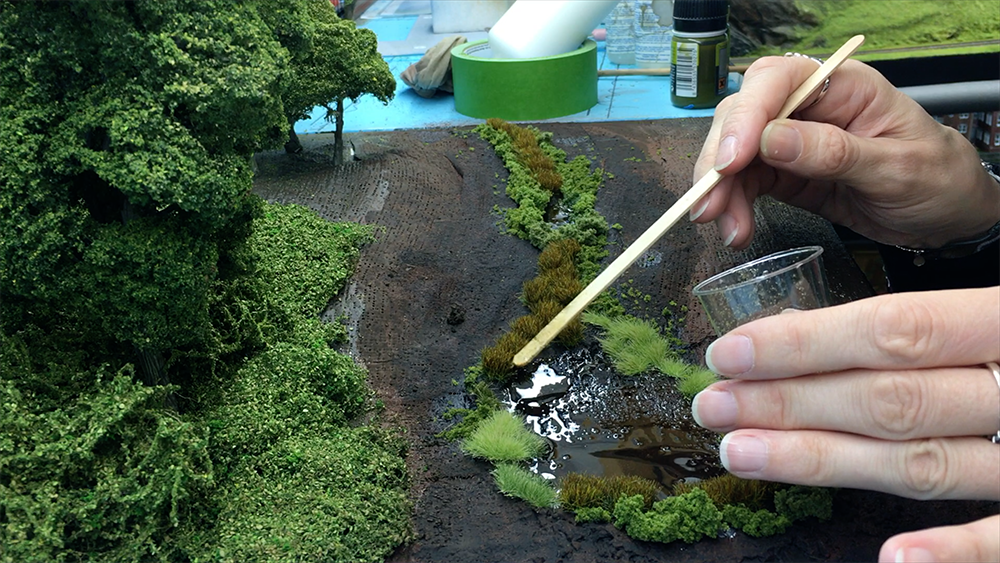![Applying Woodland Scenics Scenic Cement with pipette.]](https://www.trains.com/wp-content/uploads/2021/03/MRR_Scenic_Cement_with_pipette_04.jpg)
On Model Railroader’s Beer Line project layout, which was set in 1947 Milwaukee, I ballasted the track on the entire layout using a favorite technique. I used a 50:50 blend of Highball Products Light Gray and Dark Gray limestone ballast, which looks similar to ballast used by the Milwaukee Road [Highball Products ballast is no […]
Read More…
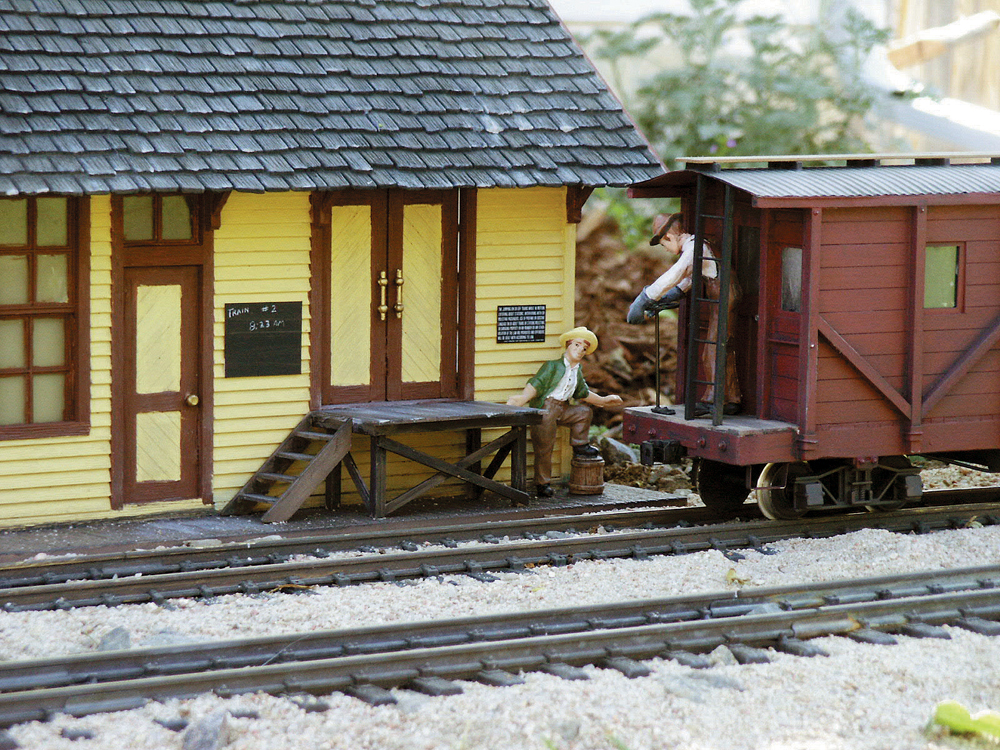
Structures are the easiest way to bring a scene to life. As with anything on the railroad, scale is the primary concern. You’ll want to find structures that match the scale of your trains. That’s not always as easy as just looking on the box. Even in commercial kits where a scale is designated, architectural […]
Read More…
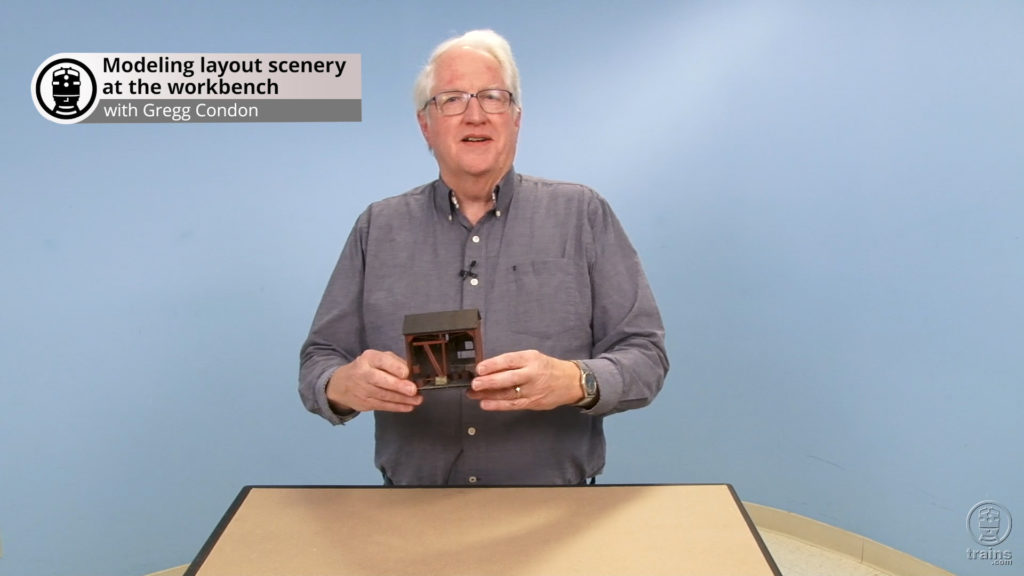
Narrow gauge modeler Gregg Condon presents a simple way to make model railroad scenery right at your workbench. In this quick-tip video, you’ll see how realistic model railroad scenes can be crafted from a comfortable, seated position, with all of your supplies right at hand! […]
Read More…
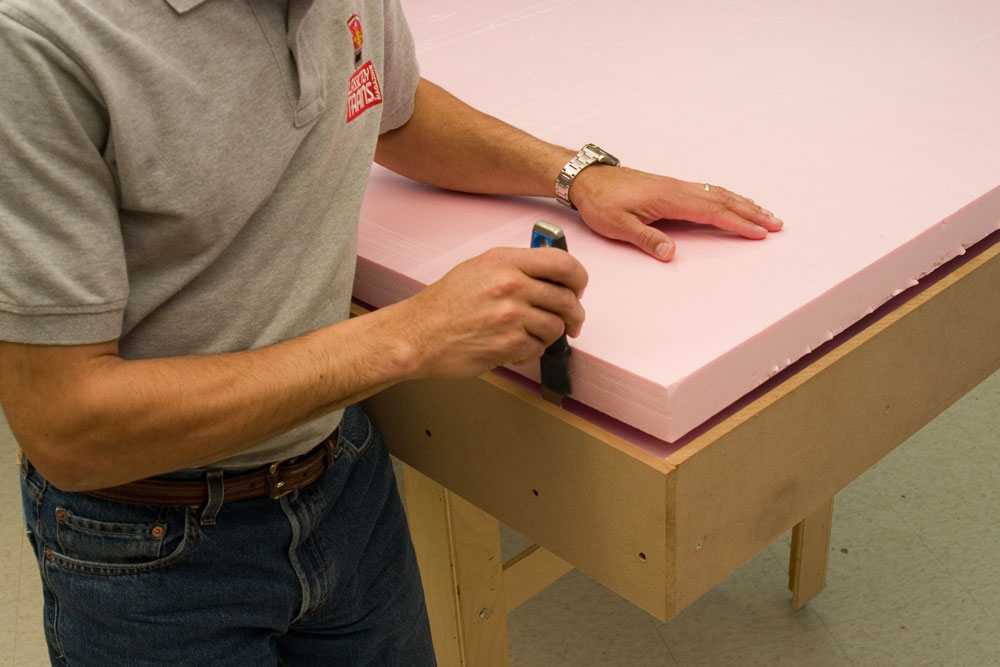
Classic Toy Trains recommends these six tried-and-true tips for simple scenery that goes beyond sparse displays of “trees” or a random tunnel and will improve nearly any toy train layout. 1. Start with foam framework A 4 x 8-foot sheet of 2- or 3-inch-thick pink or blue extruded foam insulation board is much lighter than […]
Read More…
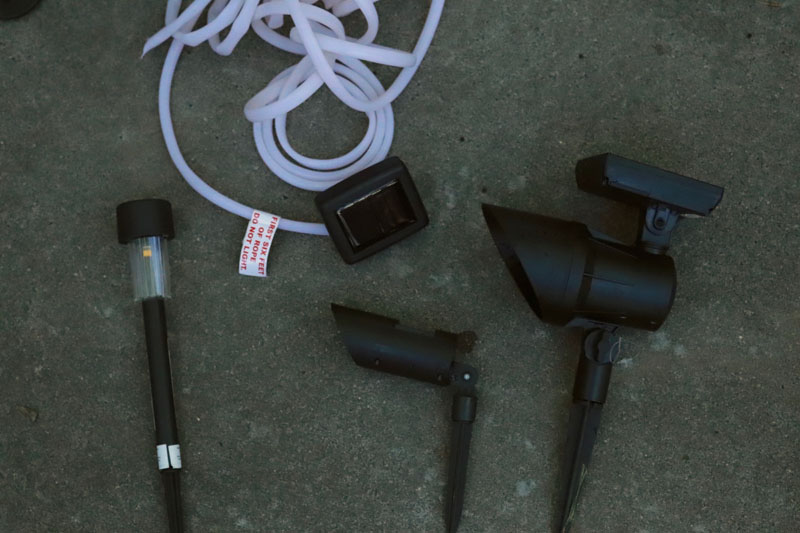
Scene lighting allows you to shine a spotlight on your favorite railroad scenes. Again, the idea is to draw the viewer’s eye toward something you want to emphasize, like ridges, waterfalls, and pathways. You can be as creative as you want. You’ll want to hit the landscape lighting section at your local home improvement store. […]
Read More…
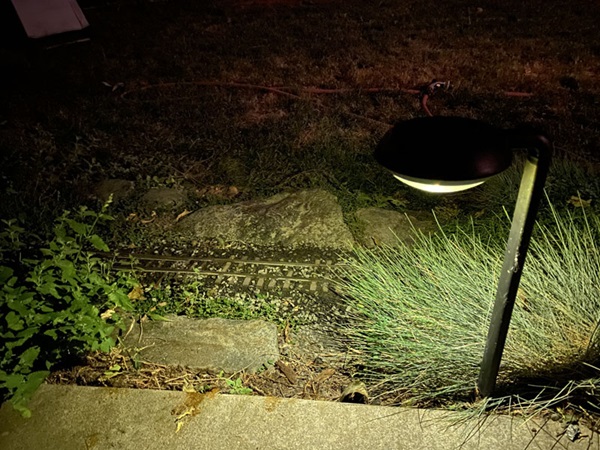
Solar lights are convenient and are available in a wide variety of styles. You just put them where you want them and you’re good to go. The sun charges the battery during the daylight hours, and the lights come on after dark. On a good charge, they may stay on all night, but they’re supposed […]
Read More…
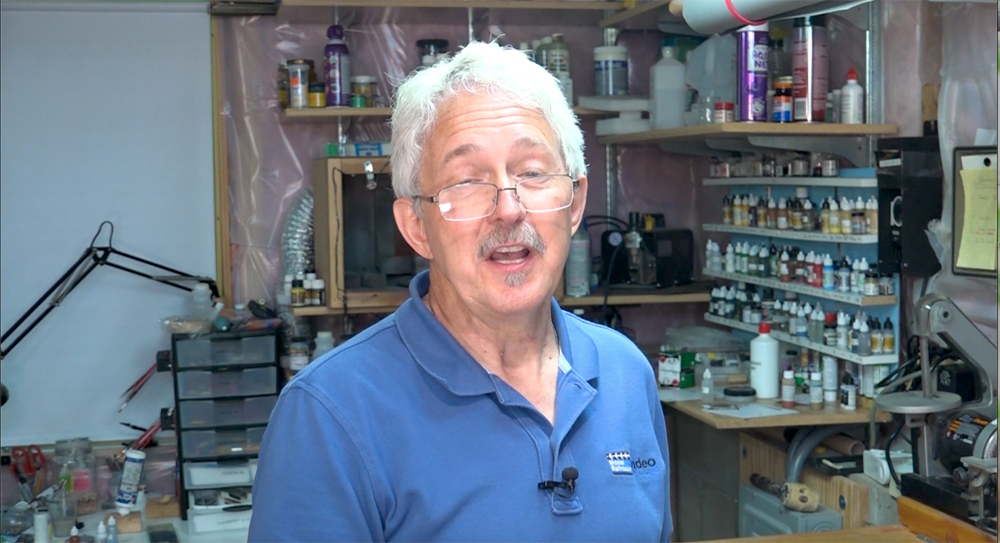
Details are what make any scene on a model railroad come alive! In the final installment of this mini-series, Gerry Leone works to add those to his streets, sidewalks, and storefronts of Eagle Lake. Watch to see how Gerry arranges components on the workbench, before they all come together on the layout. […]
Read More…
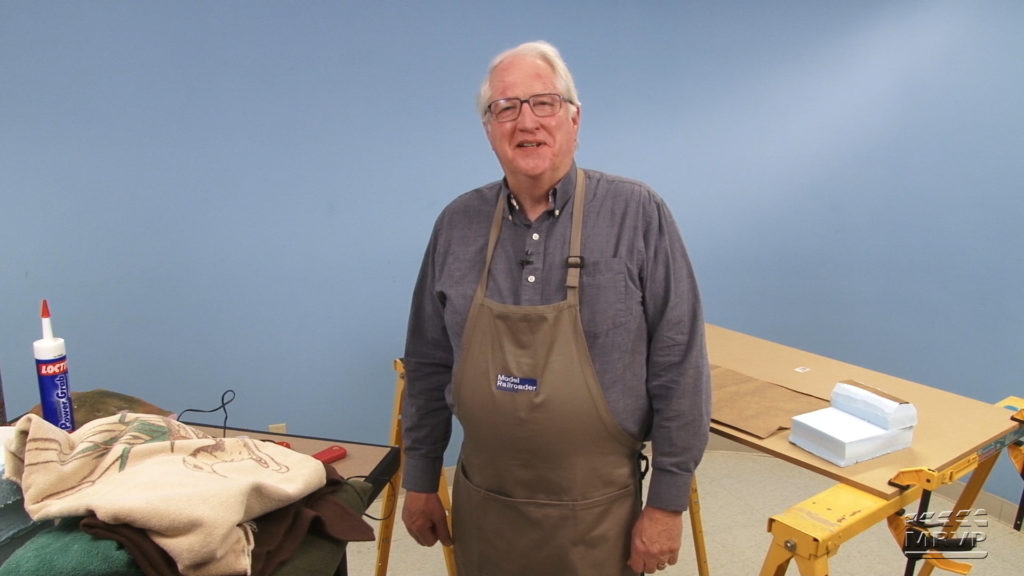
Noted narrow gauge modeler Gregg Condon shares his easy approach to building model railroad scenery without using plaster. In this how-to video, Gregg demonstrates just how simple it is to combine carved foamboard, cloth shapes, and adhesive caulk to make realistic model railroad landforms. […]
Read More…
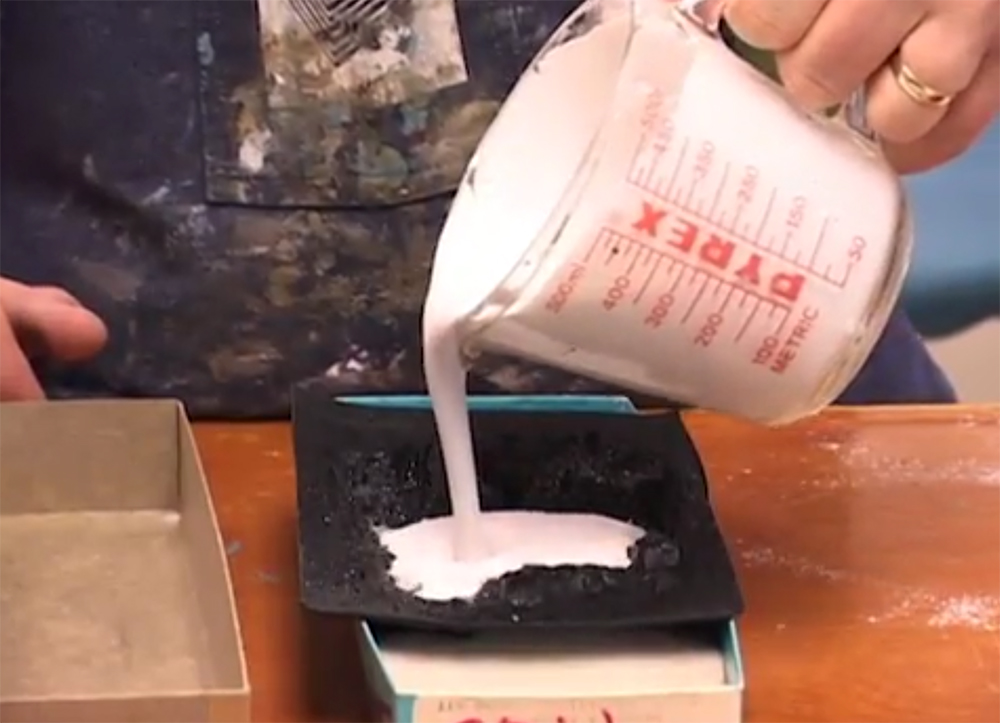
Rubber rock molds and hydrocal plaster make it easy to add exposed rockfaces and other dramatic scenic elements to your model train layout Nothing says “impressive” quite like a rugged mountain range full of jagged rock faces. Though mountains appear solid to us, many are just individual layers of rocks, stacked one on top […]
Read More…
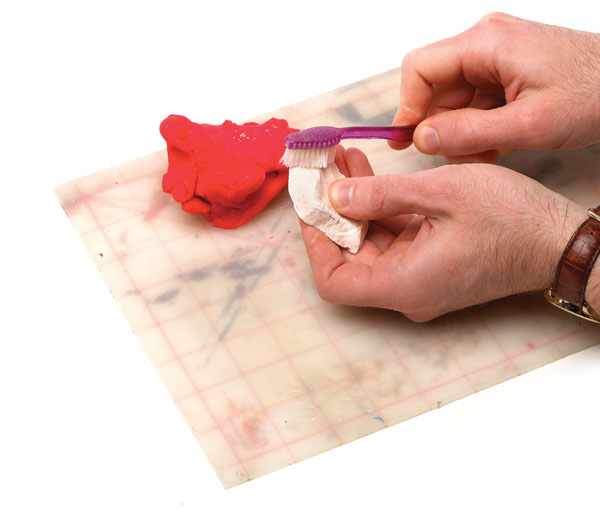
Use this quick tip to make custom rock molds for realistic model railroad scenery Want to make unique rock castings? Here’s an interesting method that was featured in the March 2002 Classic Toy Trains. Play-Doh, a children’s modeling toy, is a great one-time-use mold-making material. It’s water-soluble, easy to work with, and reproduces crisp details […]
Read More…
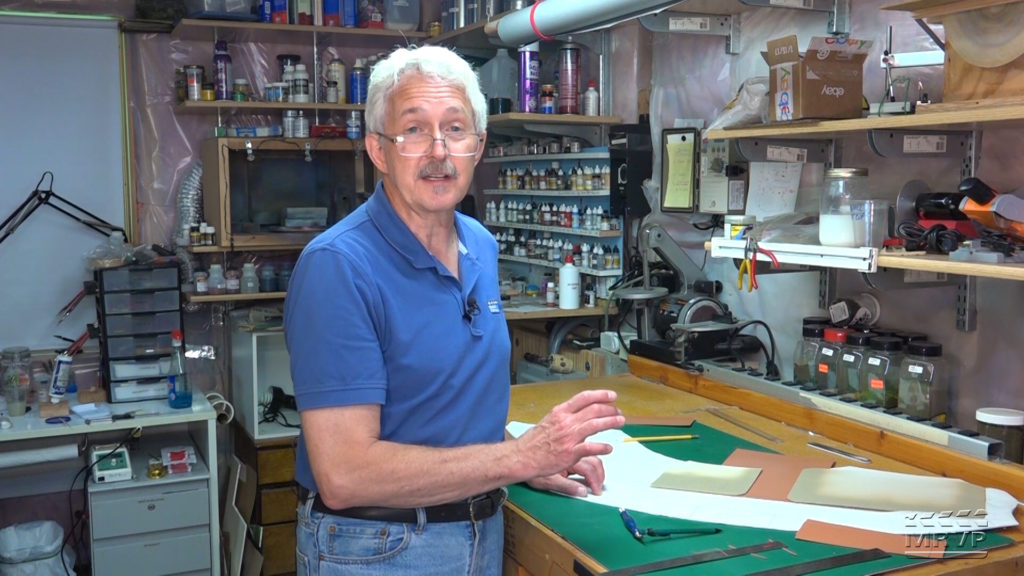
Having trouble viewing this video? Please visit our Video FAQ page Gerry Leone is back on the streets again. In this episode, he shares how to scribe cracks into concrete roads; apply a realistic, aged concrete color; include brick pavement; and add a dirt alley between buildings. […]
Read More…
![Applying Woodland Scenics Scenic Cement with pipette.]](https://www.trains.com/wp-content/uploads/2021/03/MRR_Scenic_Cement_with_pipette_04.jpg)



